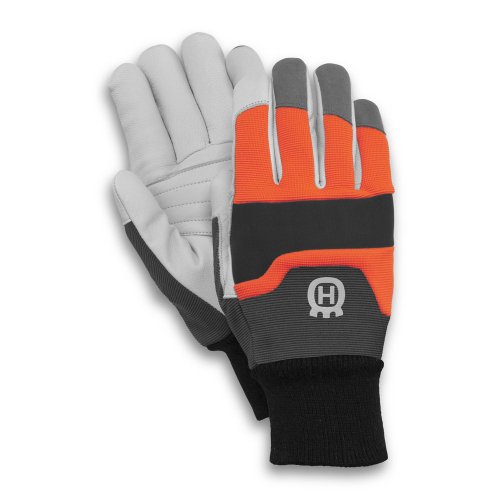timberturner
ArboristSite Member
I'll try to recreate this as best as i can
I purchased a used Stihl 066 (the one they call the redeye) and was looking forward to using it to mill some fireplace mantles cuz i ran into a pile of cedar logs and an interested fireplace store owner...
put off ripping chain for the first day, went out , made a few ripping cuts/ about 5 feet long on a 12" diameter cedar log, (the log is fairly fresh and moist , if that makes any diff)
motor conked out on me about halfway through the 3rd cut, i took a break, let it cool, then fired it back up and tried to finish the job, and it conked out again...
I took it into the shop and they told me i had exhaust side piston scoring...
so, $222.00 in parts and 130.00 in labor later, i was back at it today and, to make a long story short..... I DID IT AGAIN !!!! ARRGGGHHHHHHHHHHHHHHHHHHHHHHHHHHHHHHHHHHHH
i'm okay now... anyway, my mix was 50: 1, or 1 gallon + 1 of those little bottles of oil...
i was using wedges so as not to pinch the bar, air cleaner was clean... and i did my best to go at a slow rate of speed through the log, maintaining hi rev's.....
when i took off the muffler and examined the piston , my heart sank because i feel like such a saw killer/ i truly enjoy chainsaw milling and was looking forward to having a reliable saw...
with the new piston/cylynder kit, i felt i might have that , but now i know it is probably operator error, BUT I DON'T KNOW WHAT AND IT'S DRIVIN' ME CRAZY !!!
I'M IN MINNEAPOLIS AND IF THERE'S ANYONE ON THIS FORUM THAT'S INTO MILLING OR JUST A CHAINSAW GENIUS , I'D SURE LOVE TO HOOK UP WITH YOU (I PROMISE I WON'T EVEN TOUCH YOUR SAW)
HOPE ALL YOU GUYS ARE DOING WELL, I GUESS THAT'S ALL I CAN THINK OF... HOPE TO HEAR FROM YOU
TOM
I purchased a used Stihl 066 (the one they call the redeye) and was looking forward to using it to mill some fireplace mantles cuz i ran into a pile of cedar logs and an interested fireplace store owner...
put off ripping chain for the first day, went out , made a few ripping cuts/ about 5 feet long on a 12" diameter cedar log, (the log is fairly fresh and moist , if that makes any diff)
motor conked out on me about halfway through the 3rd cut, i took a break, let it cool, then fired it back up and tried to finish the job, and it conked out again...
I took it into the shop and they told me i had exhaust side piston scoring...
so, $222.00 in parts and 130.00 in labor later, i was back at it today and, to make a long story short..... I DID IT AGAIN !!!! ARRGGGHHHHHHHHHHHHHHHHHHHHHHHHHHHHHHHHHHHH
i'm okay now... anyway, my mix was 50: 1, or 1 gallon + 1 of those little bottles of oil...
i was using wedges so as not to pinch the bar, air cleaner was clean... and i did my best to go at a slow rate of speed through the log, maintaining hi rev's.....
when i took off the muffler and examined the piston , my heart sank because i feel like such a saw killer/ i truly enjoy chainsaw milling and was looking forward to having a reliable saw...
with the new piston/cylynder kit, i felt i might have that , but now i know it is probably operator error, BUT I DON'T KNOW WHAT AND IT'S DRIVIN' ME CRAZY !!!
I'M IN MINNEAPOLIS AND IF THERE'S ANYONE ON THIS FORUM THAT'S INTO MILLING OR JUST A CHAINSAW GENIUS , I'D SURE LOVE TO HOOK UP WITH YOU (I PROMISE I WON'T EVEN TOUCH YOUR SAW)
HOPE ALL YOU GUYS ARE DOING WELL, I GUESS THAT'S ALL I CAN THINK OF... HOPE TO HEAR FROM YOU
TOM























































